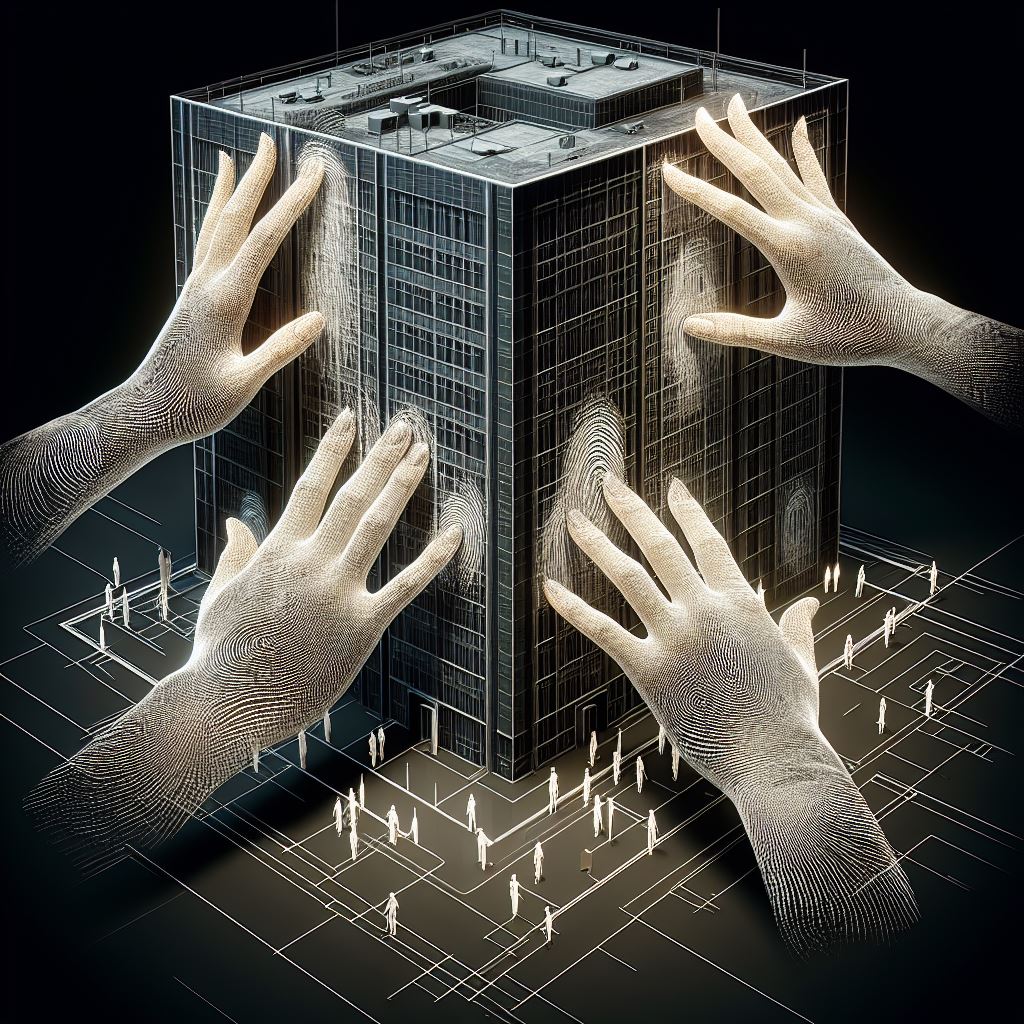In the ever-evolving field of architecture, Building Information Modeling (BIM) has emerged as a revolutionary methodology that transforms the way architects, engineers, and construction professionals approach design and construction. BIM goes beyond traditional 2D and 3D drafting, offering a dynamic, real-time, and interactive modeling process.
What is BIM?
BIM is a digital representation of the physical and functional characteristics of a facility. It serves as a shared knowledge resource for information about a facility, forming a reliable basis for decisions during its life cycle from inception onward.
The Role of BIM in Modern Architecture
Design Efficiency
BIM enhances design efficiency by allowing architects to create more accurate models faster than traditional methods. It integrates time (4D) and costs (5D) into the design, enabling stakeholders to visualize the project in its entirety before construction begins.
Collaboration
It fosters collaboration among all parties involved in the construction process. With BIM, architects, clients, builders, and engineers can work within a single shared model, reducing misunderstandings and errors.
Sustainability
BIM supports sustainable design by enabling architects to analyze energy performance and other sustainability factors early in the design process, leading to more environmentally friendly buildings.
Facility Management
Post-construction, BIM provides a detailed overview of the building, which aids in efficient facility management and maintenance.
BIM in Action: Case Studies
The Edge, Amsterdam
The Edge in Amsterdam, often cited as the world’s greenest building, utilized BIM for its construction. The BIM model facilitated energy efficiency, space optimization, and a significant reduction in materials waste.
Shanghai Tower, China
For the Shanghai Tower, BIM was instrumental in the design and construction phases, helping to manage the complex geometry of the building and ensuring that all components fit together seamlessly.
The Future of BIM
The future of BIM is promising, with advancements in AI and machine learning expected to further enhance its capabilities. BIM’s data-driven approach is likely to become even more integrated into the fabric of modern architecture, driving innovation and efficiency.
BIM is not just a tool but a fundamental shift in the architecture, engineering, and construction industries. It represents a move towards a more integrated, collaborative, and optimized approach to building design and construction. As technology advances, BIM’s role in modern architecture will only grow, solidifying its position as an indispensable part of the architectural process.
We Don’t Just Design Buildings; We Engineer Landmarks that Stand the Test of Time.
Let’em Know !
Share with friends and family.

